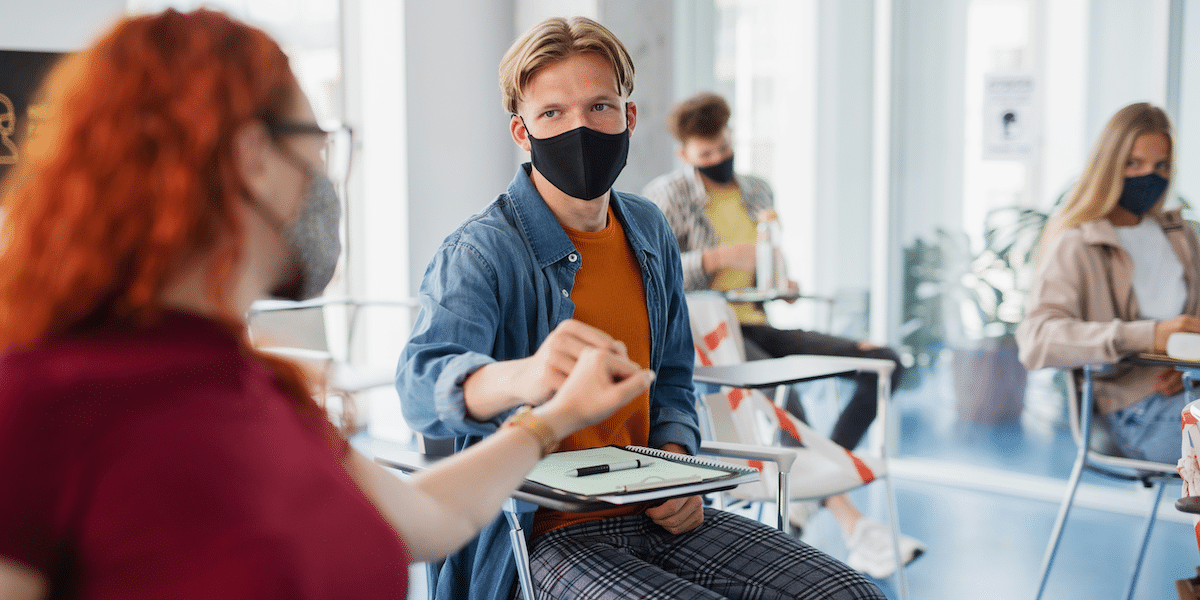Image commercially licensed from Unsplash
The COVID-19 pandemic has greatly affected every aspect of life, including work, education, health, and social and cultural events. The effects of the health crisis on the world’s economy and public health have been largely discussed, but there are equally important issues that were less talked about, and workplace harassment is one of them.
Discrimination and harassment in the workplace have always been sensitive and difficult to address issues for companies and organizations. When the coronavirus outbreak began, it was expected that the transition to a work-from-home work model, which many businesses had to resort to, would put an end to many of the harmful actions categorized as workplace harassment or at least reduce the likelihood of remote employees being treated in a discriminatory manner. While that may have been the case for some employees, the pandemic did not stop workplace harassment in its tracks but rather altered the nature and increased certain types of discrimination.
As a New Jersey workplace discrimination attorney at Castronovo & McKinney explains, it is illegal for all employers to discriminate against an employee or job applicant on the basis of race, religion, color, national origin, physical or mental disability, age, gender, sexual orientation, and other protected characteristics. So, let’s see what happened during the Covid-19 pandemic.
Discrimination based on age
Soon after the spread of the virus, the World Health Organization warned that older adults are more susceptible to Covid-19 infection due to the physiological changes associated with aging. While both employers and employees should be aware of the increased risks for older employees, it does not mean this should impact in any way the way employers treat or interact with workers from this category. It has been reported that some employees inquired more often about the health of older staff members, cut back their working hours, created hostile work environments or went as far as terminating their contracts.
Racial discrimination
Given that the pandemic originated in China, there was a lot of hate directed toward Asians around the world, as many people blamed them for spreading the virus. This saw an increase in racial discrimination against employees of Asian origin, regardless of if they had any relation with China or not. Many Asian workers reported being more closely monitored for coronavirus symptoms than their Non Asian peers, being marginalized, having their hours cut or receiving hostile treatment from co-workers simply because of their race.
Disability discrimination
The work climate also changed for some employees with disabilities. In many situations, the company they were working for failed to provide adequate accommodation to give them equal opportunities and allow them to fully do their job. It was also noted that some employees treated disabled staff members differently because they perceived them as being more likely to contract the virus and spread it in the workplace.
Harassment of remote workers
Employees who had to work remotely were not necessarily sheltered from workplace harassment and discrimination. Remote work made it more difficult to establish clear boundaries between personal and professional life, leaving the door open for sexual harassment.

















